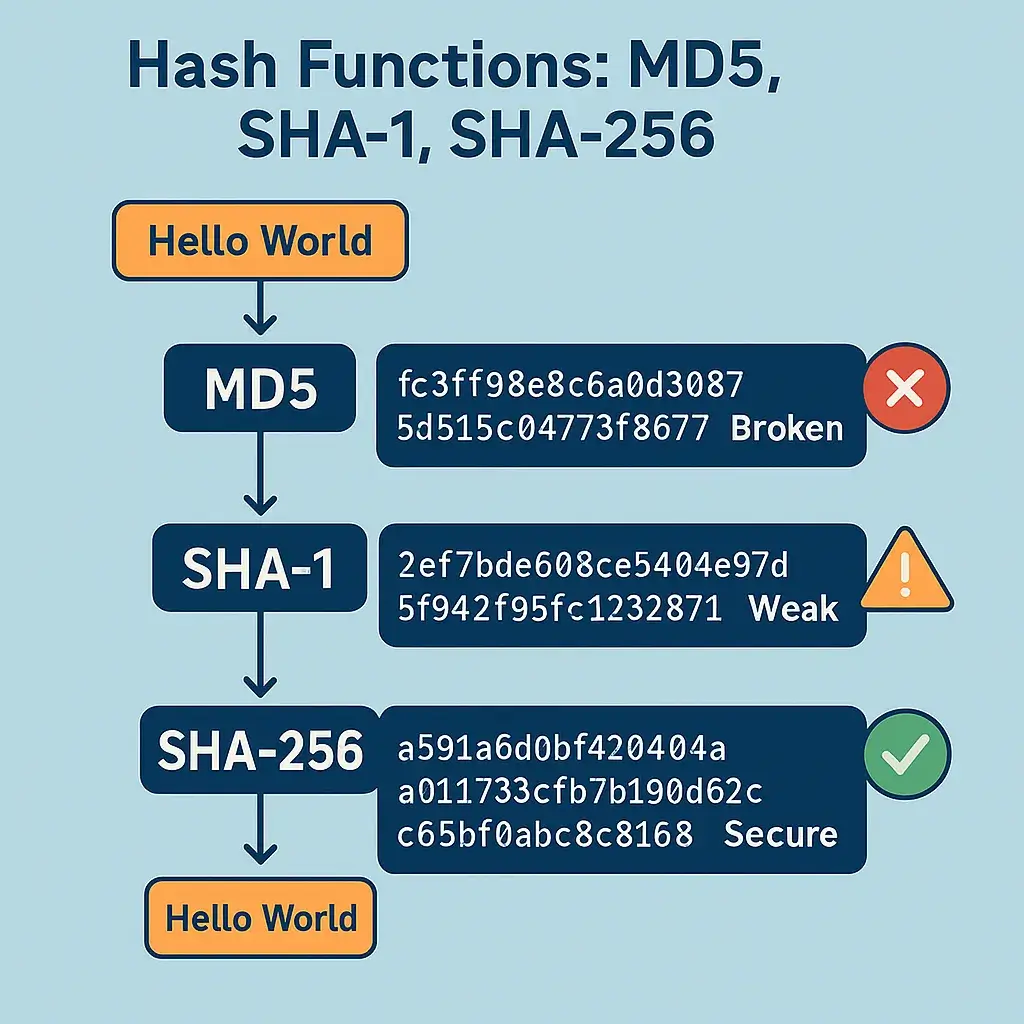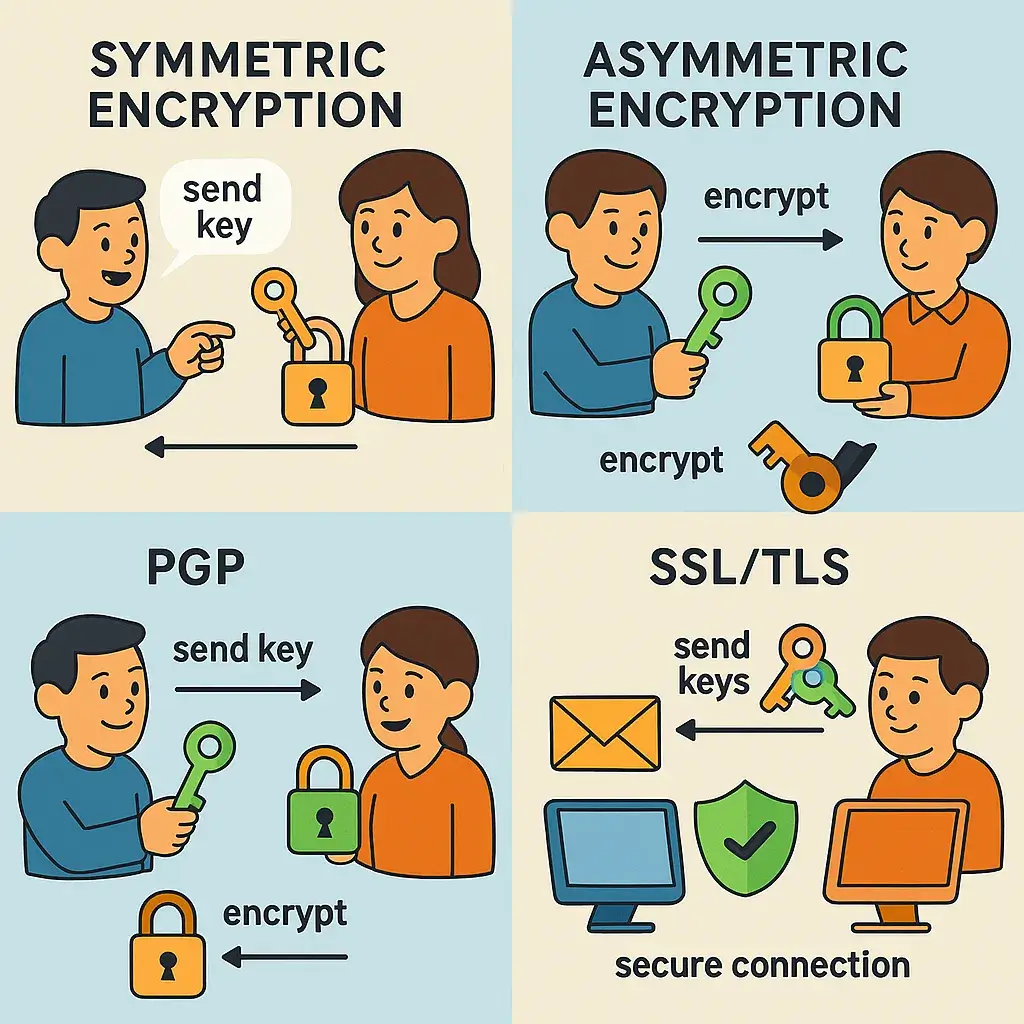📸 The Photo You Posted Could Ruin Your Life: Metadata and Geotags Explained
⚠️ Disclaimer This article is for educational purposes only. It does not promote illegal activity or unauthorized access to data. All recommendations and explanations comply with U.S. law. 🧠 Introduction: Your Phone Is Telling on You You took a photo — maybe of your morning coffee, your new car, or your child at a park. … Read more






